How Does Leica Rangefinder Work ?
A Leica rangefinder works by utilizing a split-image rangefinder mechanism. The photographer looks through the viewfinder and aligns two images of the subject by adjusting the focusing ring on the lens. When the two images are perfectly aligned, the distance to the subject can be read off the focusing scale on the lens. This allows for precise manual focusing and accurate distance measurement.
1、 Optical Rangefinder Mechanism
The Leica rangefinder is a classic and iconic camera that has been used by photographers for decades. The rangefinder mechanism in a Leica camera allows photographers to accurately focus their shots by measuring the distance between the camera and the subject.
The optical rangefinder mechanism in a Leica camera works by using a system of mirrors and prisms. When the photographer looks through the viewfinder, they see two slightly offset images of the subject. By adjusting the focus ring on the lens, the photographer aligns these two images until they merge into one. This indicates that the subject is in focus.
The rangefinder mechanism in a Leica camera is based on the principle of parallax. Parallax refers to the apparent shift in the position of an object when viewed from different angles. In the case of a rangefinder camera, the photographer views the subject from two slightly different angles, allowing them to measure the distance to the subject.
The latest Leica rangefinder cameras, such as the Leica M10, have advanced features that enhance the accuracy and usability of the rangefinder mechanism. These cameras often include electronic aids, such as focus peaking or digital zoom, which help the photographer achieve precise focus. Additionally, some models offer built-in rangefinder coupling, which allows the photographer to directly adjust the focus on the lens using the rangefinder mechanism.
Overall, the Leica rangefinder mechanism is a precise and reliable tool for achieving accurate focus in photography. Its simplicity and effectiveness have made it a favorite among photographers who value the manual control and tactile experience of shooting with a rangefinder camera.
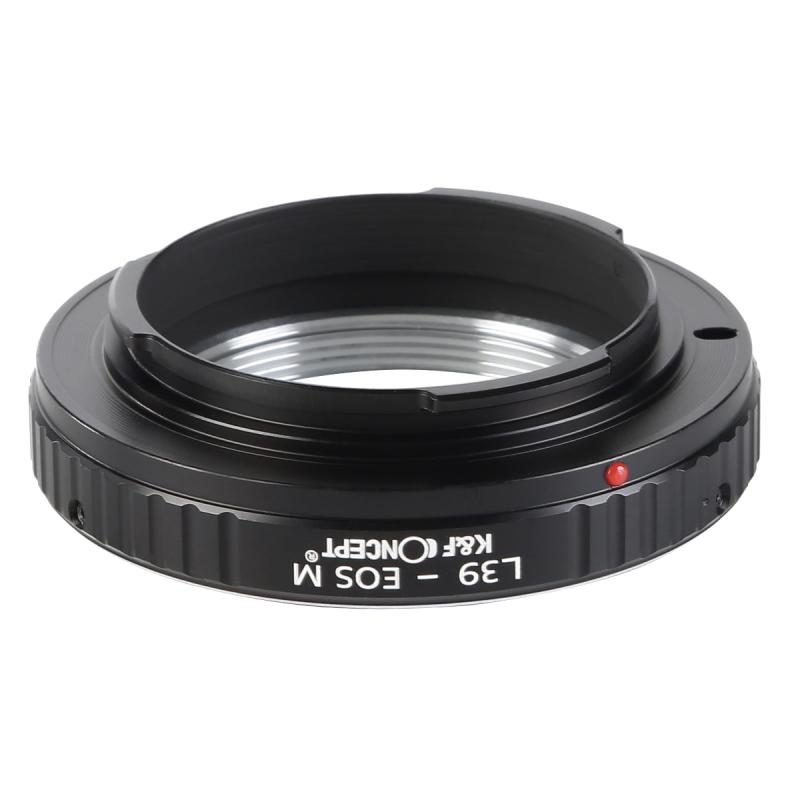
2、 Split-image Rangefinder Focusing
The Leica rangefinder is a unique and iconic camera that has been widely used by photographers for decades. One of the key features of the Leica rangefinder is its split-image rangefinder focusing system.
The split-image rangefinder works by splitting the image seen through the viewfinder into two halves. When the lens is out of focus, the two halves of the image do not align perfectly. However, as the photographer adjusts the focus ring on the lens, the two halves of the image gradually come into alignment. Once the two halves are perfectly aligned, the lens is in focus and the photographer can capture a sharp image.
This focusing system is achieved through a complex arrangement of prisms and mirrors inside the camera body. Light enters the camera through the lens and is directed towards the viewfinder. Inside the viewfinder, the light is split into two paths by a beam splitter. One path goes directly to the eyepiece, while the other path is redirected by a mirror towards a focusing screen.
The focusing screen has a split-image rangefinder pattern etched onto it. This pattern consists of two halves that are slightly offset from each other. When the lens is out of focus, the two halves of the image seen through the viewfinder do not align. However, as the photographer adjusts the focus ring, the lens moves closer or further away from the film plane, causing the two halves of the image to align.
The split-image rangefinder focusing system has been a hallmark of Leica cameras for many years. It offers a precise and reliable method of focusing, particularly useful in situations where autofocus may struggle, such as low light or low contrast scenes. Despite the advancements in autofocus technology, many photographers still appreciate the simplicity and accuracy of the split-image rangefinder focusing system in Leica cameras.
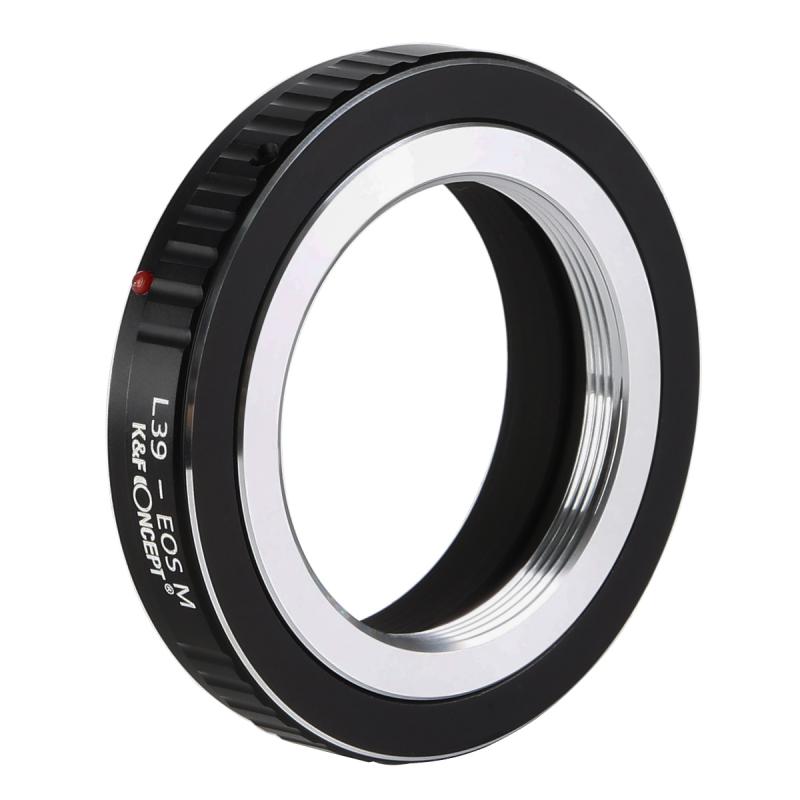
3、 Parallax Correction in Leica Rangefinders
Parallax correction is an essential feature in Leica rangefinders that ensures accurate focusing and framing of subjects. The Leica rangefinder system works by utilizing a split-image rangefinder mechanism, which allows photographers to align two images of the same subject to achieve focus.
When looking through the viewfinder of a Leica rangefinder, the photographer sees two slightly offset images of the subject. These images are created by a beam splitter that divides the incoming light into two paths. The upper part of the viewfinder shows the subject as it appears through the camera lens, while the lower part displays a second image that is slightly shifted horizontally.
To achieve focus, the photographer adjusts the focus ring on the lens until the two images align perfectly. This alignment indicates that the subject is in focus. However, due to the offset nature of the images, parallax error can occur, especially when focusing on close subjects.
Parallax correction in Leica rangefinders compensates for this error. It involves a mechanical linkage between the lens focus ring and the viewfinder frame lines. As the focus ring is turned, the frame lines move accordingly to account for the parallax shift. This ensures that the photographer sees an accurate representation of the subject's framing, even at close distances.
The latest Leica rangefinders, such as the Leica M10-R, continue to refine the parallax correction system. They incorporate advanced technologies and precise engineering to enhance the accuracy and reliability of the rangefinder mechanism. Additionally, modern Leica rangefinders often feature electronic aids, such as focus peaking and live view, which further assist photographers in achieving precise focus and framing.
In conclusion, parallax correction in Leica rangefinders is a crucial aspect of their design. It compensates for the parallax error that can occur when focusing on close subjects, ensuring accurate framing and focus. Leica continues to innovate and refine this mechanism in their latest rangefinder models, combining traditional rangefinder technology with modern electronic aids to provide photographers with exceptional precision and control.
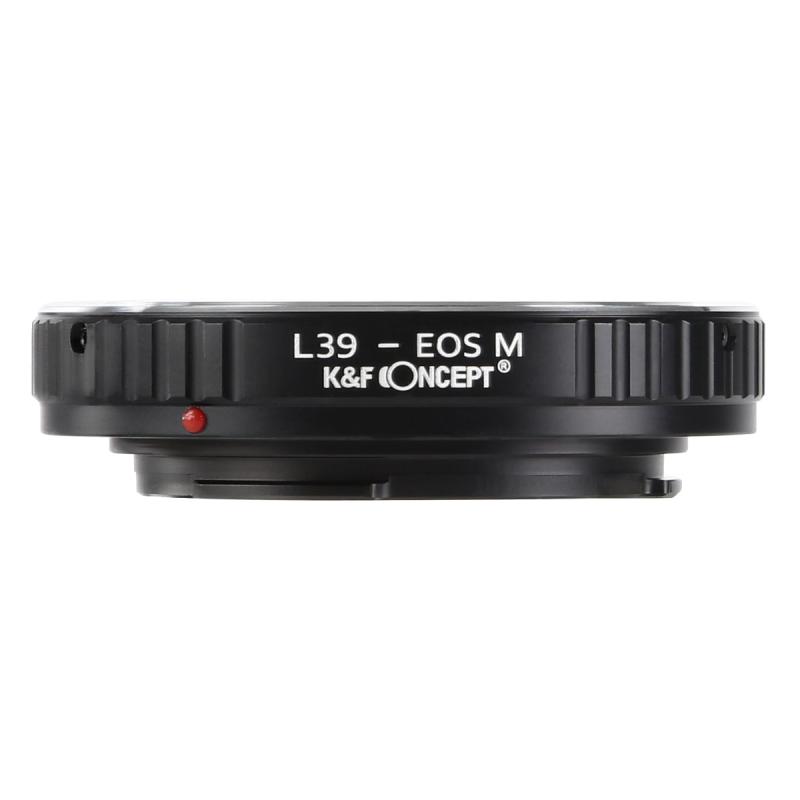
4、 Coupled Rangefinder and Viewfinder System
The Leica rangefinder is a unique and iconic feature of Leica cameras, renowned for its precision and accuracy. The coupled rangefinder and viewfinder system is a key component of Leica cameras, allowing photographers to accurately focus their shots.
The rangefinder works by utilizing a split-image mechanism. When looking through the viewfinder, the photographer sees two slightly offset images of the same subject. By adjusting the focus ring on the lens, the photographer aligns the two images until they merge into one. This indicates that the subject is in focus.
The rangefinder system is based on the principle of triangulation. The distance between the two images in the viewfinder corresponds to the distance between the camera and the subject. This information is then used to calculate the required focus adjustment.
In recent years, Leica has introduced advancements to their rangefinder system. For example, the Leica M10-P incorporates a digital rangefinder overlay, which displays focus aids such as focus peaking or magnification in the viewfinder. This enhances the accuracy and ease of focusing, especially in challenging lighting conditions or with complex subjects.
Additionally, Leica has integrated electronic viewfinders (EVFs) into some of their cameras, such as the Leica SL2. These EVFs provide a real-time preview of the image, allowing photographers to see the exact exposure and depth of field before capturing the shot. This combines the benefits of a traditional rangefinder with the convenience of modern electronic technology.
Overall, the Leica rangefinder system continues to evolve, incorporating new technologies while maintaining the essence of its iconic design. It remains a preferred choice for many photographers who value the precision, simplicity, and unique shooting experience it offers.
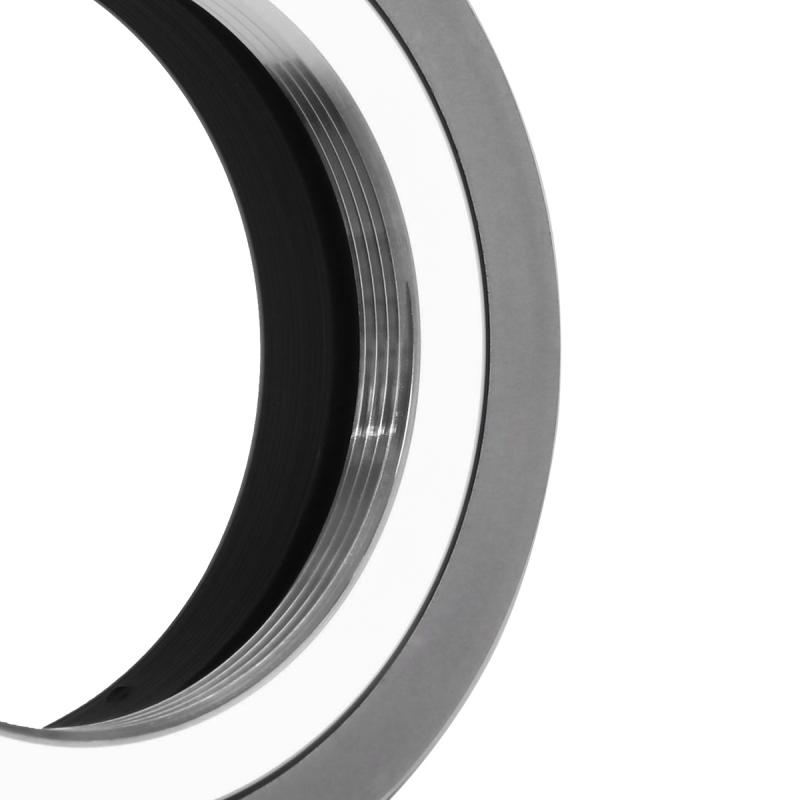


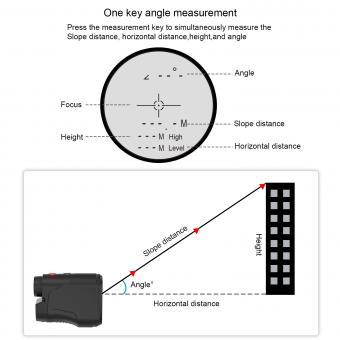





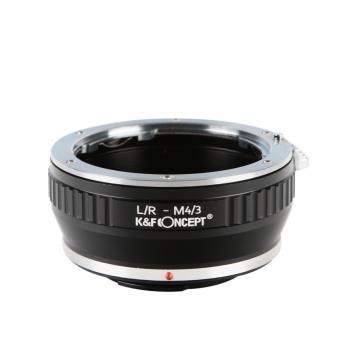
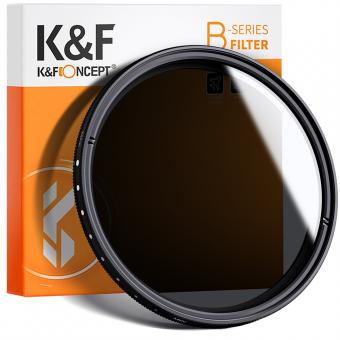
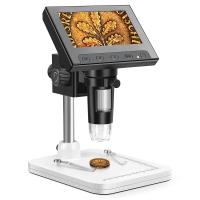
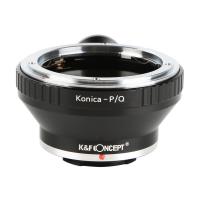




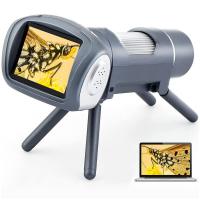
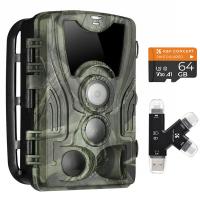


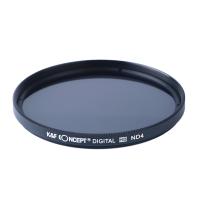


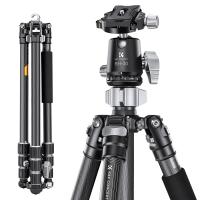
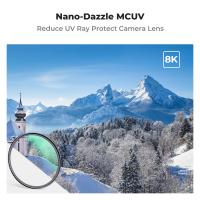


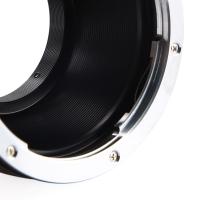

There are no comments for this blog.